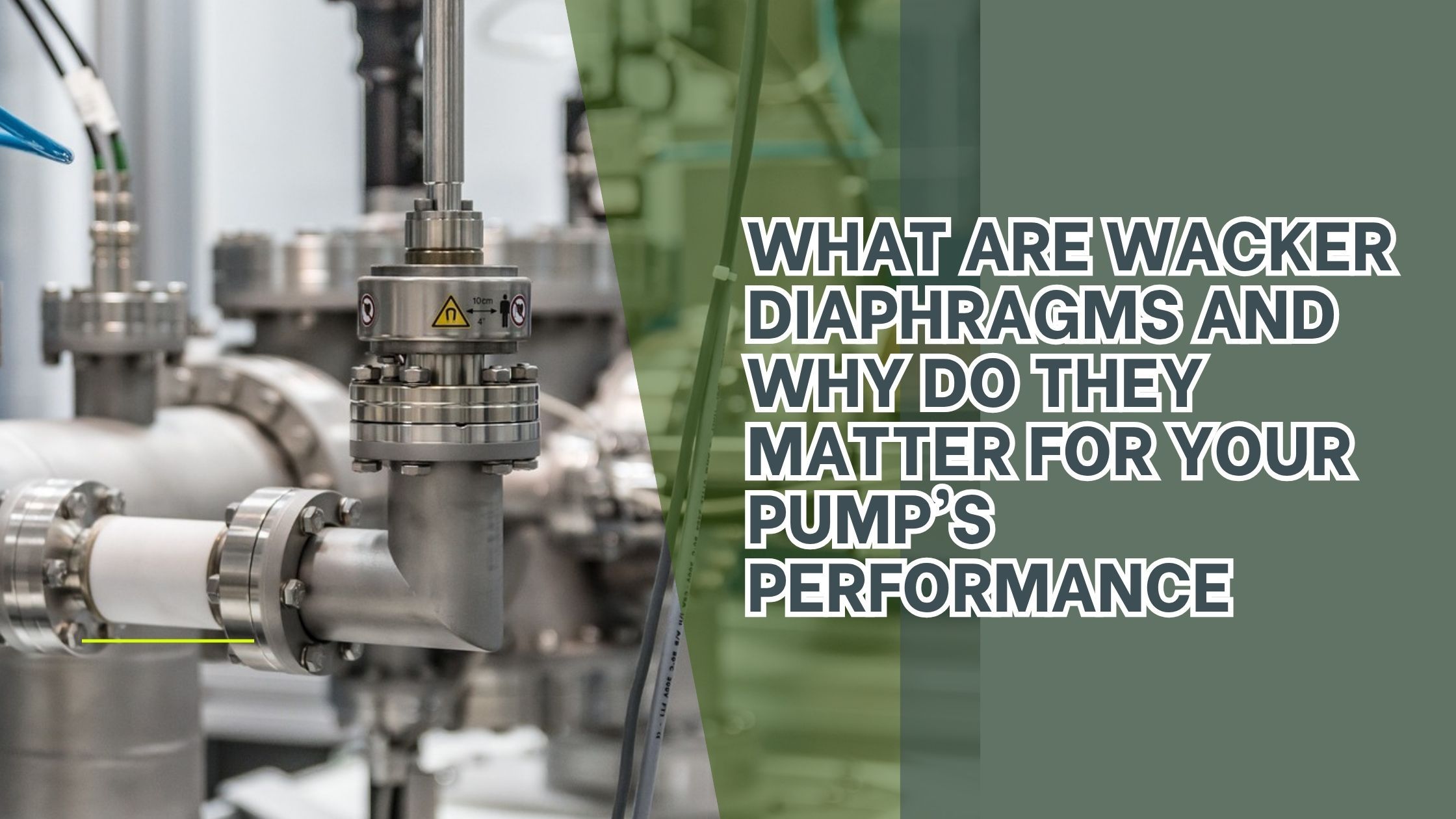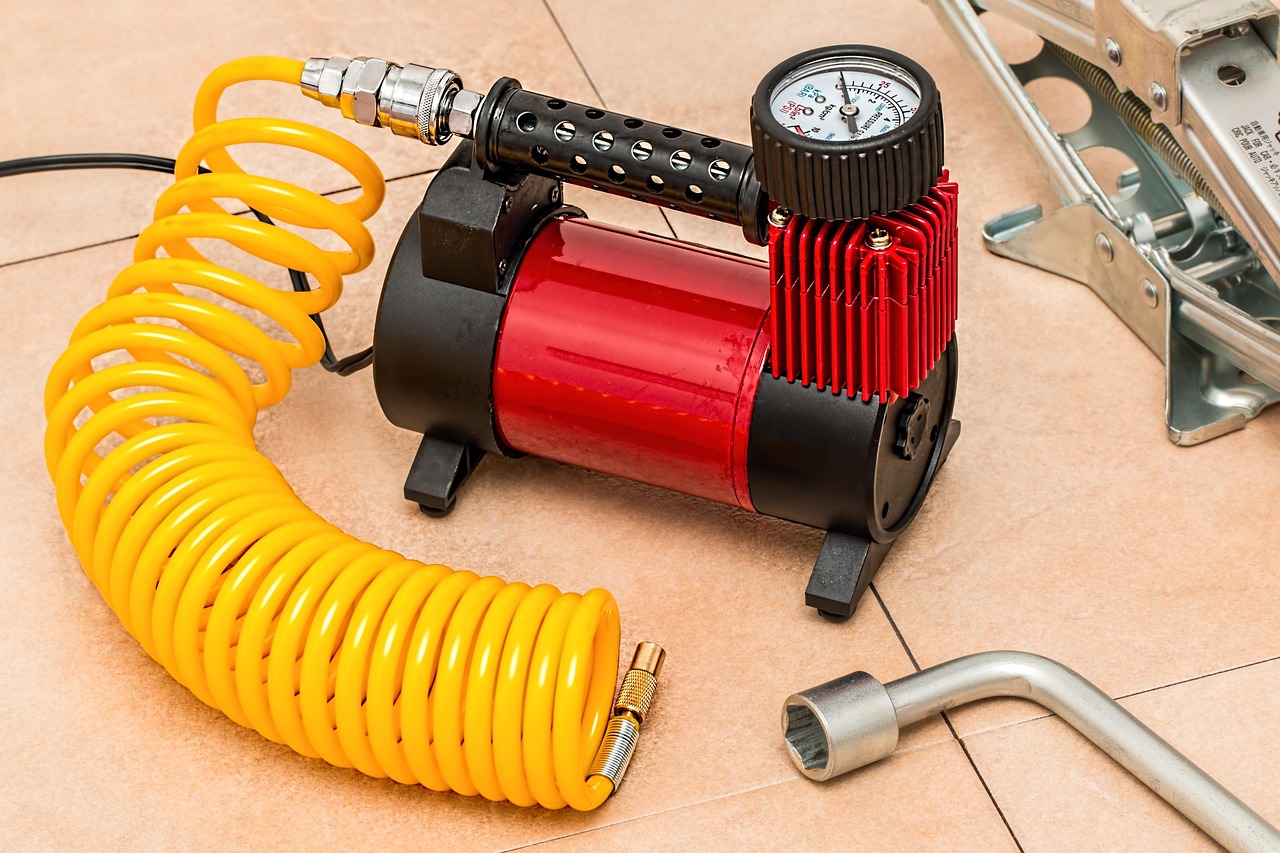What Are Wacker Diaphragms and Why Do They Matter for Your Pump’s Performance
Nov 20, 2025
If you’ve ever worked with a diaphragm pump in construction, agriculture, or fluid transfer, you’ve probably heard the term Wacker diaphragms more than once.
These flexible components might not look impressive at first glance, but they’re the reason your pump performs smoothly and efficiently under demanding conditions.
Without them, the pump’s suction and discharge cycle would simply fail to work.
Understanding the Role of Diaphragms in a Pump
At its core, a diaphragm pump relies on a simple mechanism—creating suction and discharge through the expansion and contraction of a flexible membrane.
That membrane, or diaphragm, forms a barrier between the liquid being moved and the mechanical parts driving the pump.
This means fluids never touch the internal components, keeping the system cleaner and less prone to corrosion or contamination.
When the diaphragm moves upward, it pulls fluid into the chamber through an inlet valve.
When it moves downward, it pushes the fluid out through the outlet valve.
It’s a simple but highly effective design that’s been trusted for decades across industries that require dependable fluid handling.
Wacker diaphragms are designed to withstand intense use, heavy-duty materials, and harsh fluids that would destroy ordinary rubber membranes.
The Difference Between Ordinary and High-Quality Diaphragms
Not all diaphragms are created equal.
Cheaper alternatives often fail faster, leading to downtime, leaks, or even complete pump failure.
I once worked on a construction site where a concrete slurry pump broke down because the diaphragm developed a tiny tear after just two weeks of operation.
That minor tear led to air loss and an expensive repair bill.
High-performance diaphragms are made from reinforced rubber blends or thermoplastic elastomers that resist chemicals, oil, and abrasion.
The result is a longer service life and fewer maintenance interruptions.
For teams relying on pumps to keep projects moving, that reliability makes all the difference.

Why Material Choice Is Everything
The key factor behind a durable diaphragm lies in the material composition.
Rubber compounds like neoprene or nitrile offer good flexibility and resistance to mild chemicals.
However, in more demanding environments—like dewatering muddy trenches or pumping slurry—a reinforced or coated diaphragm becomes essential.
In my experience, nitrile diaphragms perform exceptionally well when used for pumping water mixed with oil residues.
But when handling abrasive materials like sand or gravel, a reinforced fabric-backed diaphragm is far superior.
Choosing the right one can mean the difference between weeks and months of uninterrupted operation.
Signs It’s Time to Replace Your Pump’s Diaphragm
Even the best diaphragms don’t last forever.
Over time, constant flexing causes fatigue, especially when exposed to heat or chemicals.
There are a few telltale signs that indicate it’s time for a replacement:
- Reduced suction power
- Leaking fluid or air bubbles in the discharge line
- Irregular pulsations or vibrations
- Unusual noises coming from the pump housing
Once you notice these symptoms, it’s better to act fast rather than risk damage to other components.
A worn diaphragm can cause internal valves to work harder, putting stress on the motor or engine.
Installation Tips from the Field
Swapping out a diaphragm may sound straightforward, but precision matters.
A small misalignment during installation can cause premature wear or uneven stretching.
I remember helping a technician replace a diaphragm in a site pump during monsoon season.
He tightened one side slightly more than the other, and within hours, the pump started losing pressure.
Here’s what experience has taught me:
Always inspect the seating area for debris before fitting a new diaphragm.
Lubricate lightly with compatible grease to reduce friction during startup.
And most importantly, follow the torque recommendations for the bolts securing the housing.
A properly installed diaphragm should flex smoothly without wrinkles or tension on one side.
Maintenance Habits That Extend Diaphragm Life
Routine care can easily double the lifespan of a diaphragm pump.
Always flush the pump with clean water after each use—especially when handling corrosive or abrasive fluids.
Avoid letting pumps run dry for extended periods since that creates unnecessary heat buildup.
Another trick I learned from an equipment rental technician: store spare diaphragms in a cool, shaded area.
Heat and sunlight can cause the material to age prematurely, even before it’s used.
A simple practice like that saves you money and frustration down the road.
Real-World Scenarios: Why Reliable Diaphragms Matter
Think about what happens when a job site depends on a single dewatering pump during a flood cleanup.
If the diaphragm fails mid-operation, the entire site could flood again within minutes.
That’s not just downtime—it’s potential property damage and safety risk.
I once assisted in an agricultural setup where irrigation water carried small sand particles.
Using a regular rubber diaphragm, the pump started losing efficiency within three weeks.
After switching to a heavy-duty reinforced version, the same pump ran flawlessly through an entire planting season.
It’s these small upgrades that lead to major productivity gains.
The Environmental Angle
Reliable diaphragms also contribute to sustainability.
A long-lasting component reduces waste and manufacturing impact since fewer replacements are needed.
Additionally, efficient pumps consume less energy by maintaining consistent pressure levels.
It’s a small yet meaningful way to operate responsibly while still meeting performance goals.
Final Thoughts on Pump Efficiency
When evaluating pump performance, most people focus on horsepower or flow rate.
But the real magic often lies in small components working silently inside.
A high-quality diaphragm ensures consistent suction, smooth flow, and reduced maintenance costs.
If you want to keep your pump performing at its peak, never overlook what’s happening beneath the housing cover.
A strong, well-maintained diaphragm is the heart of any reliable pumping system.
It’s one of those unsung heroes that keep entire job sites running efficiently day after day.
Related Articles and Resoruces:
